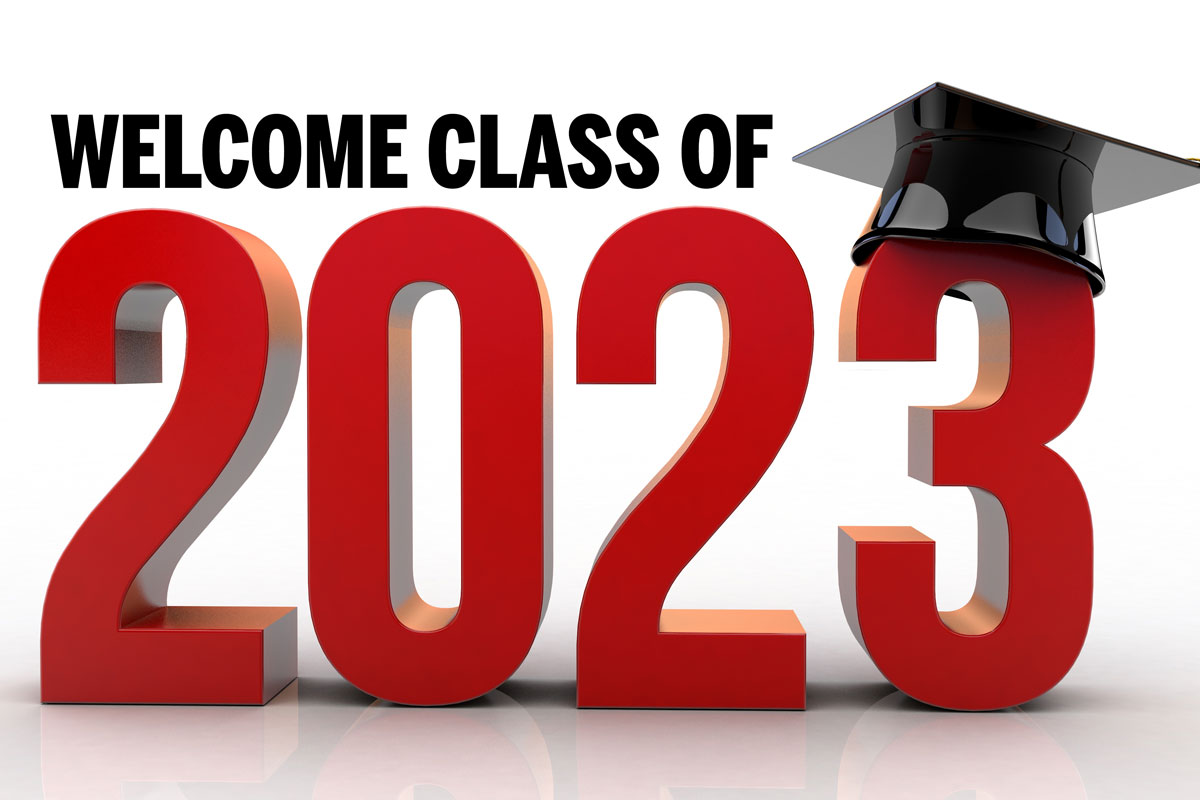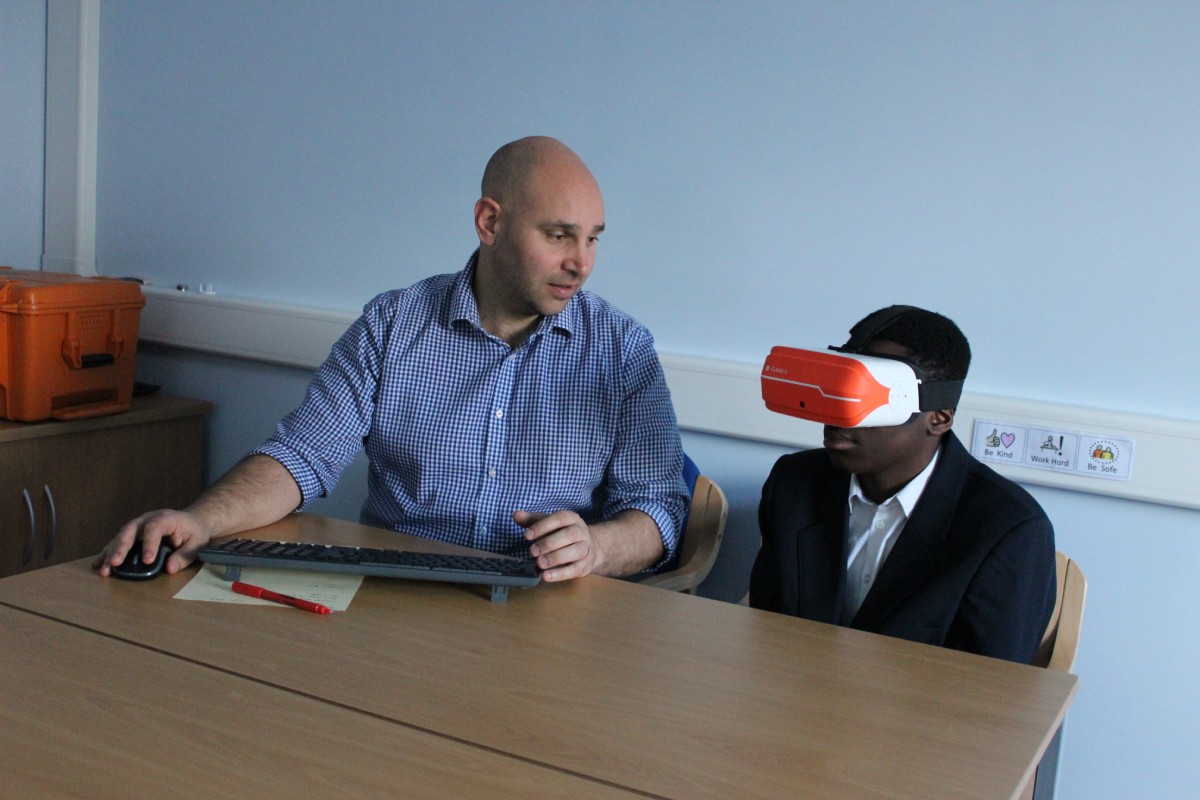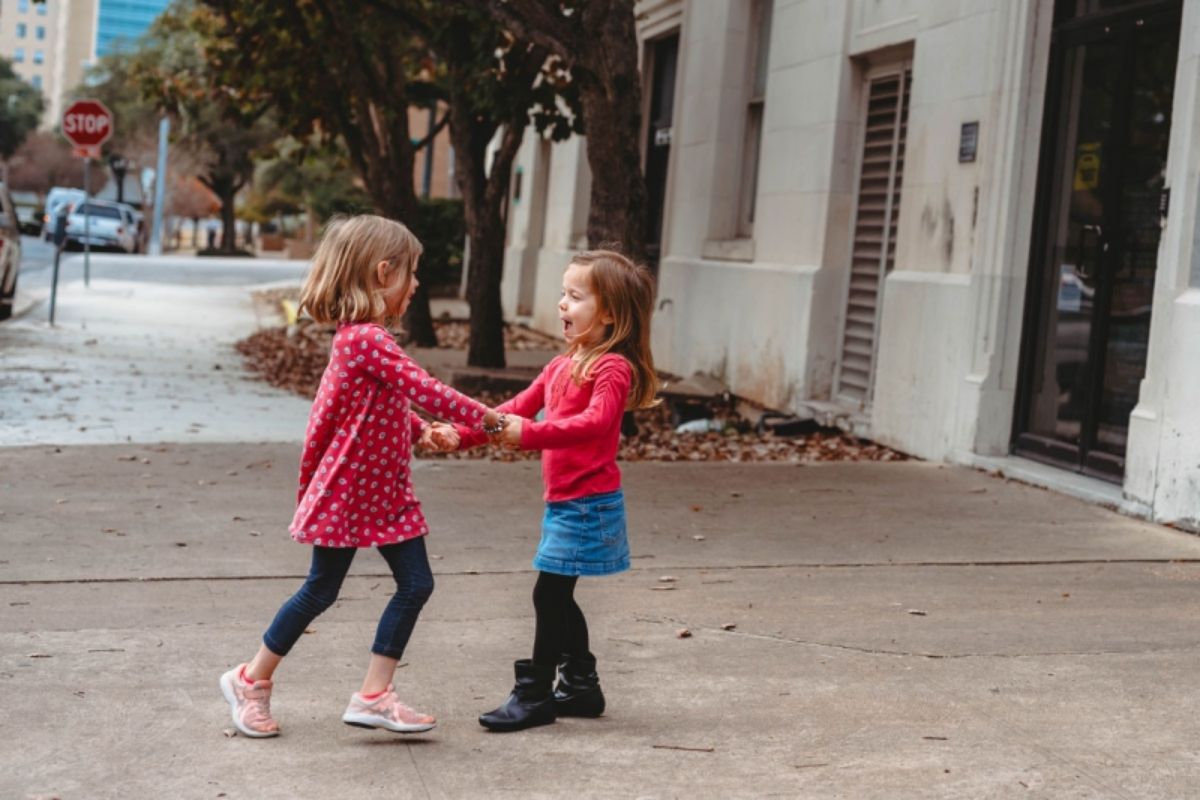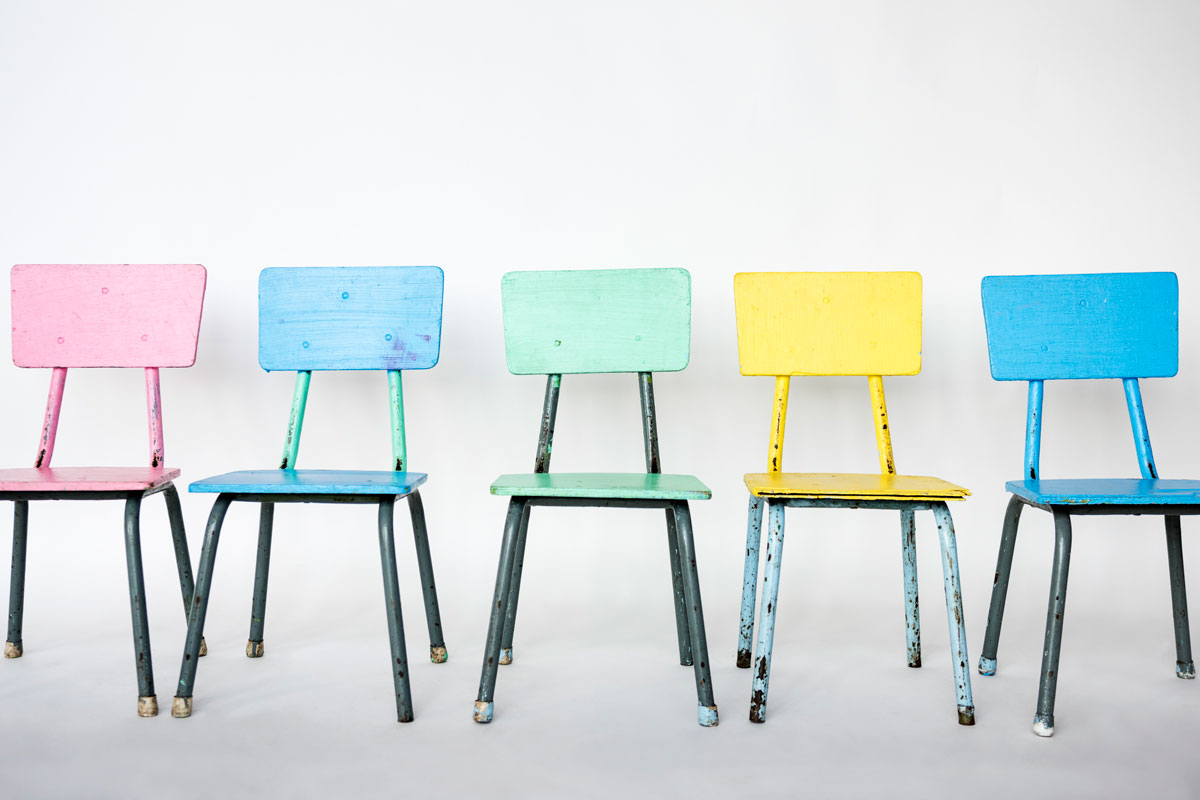How I Use Portfolios

This article was originally posted at reimaginedschools.com.
Inspired by Mike McAteer during the most recent TG2 chat, I decided to share how I use portfolios to guide students through their learning progressions. Teachers in other content areas are usually surprised to hear that I use portfolios in a science classroom. I understand why. The way most of us were taught science leaves us with the memory of a content heavy, rigid curriculum that doesn’t lend itself well to the use of portfolios as a learning tool. That’s not what science is. While it’s true that the study of particular areas of science include a vast amount of content knowledge, science is also a process of critical thinking. How do we ask questions and gather information? How can we look at all that information, make sense of it, and communicate it in a way that other people can understand? By its nature, science is ever evolving. As more information is gathered, our working understanding of the topic changes as well. For years now, I have prioritized teaching the process of science, using whatever content I am teaching as the vehicle, over the content itself. Portfolios have become a valuable part of this process.
The Science Practices
The Next Generation Science Standards include science practices that reflect the process of science. We used these practices as the foundation for our learning progressions. While these practices appear in every aspect of the course, we found their application in certain areas was easier to assess and provide descriptive feedback that would help students develop that skill. We categorized them as follows:
Skills Assessed with Labs
- Experimental Design
- Data Analysis
- Arguing a Scientific Claim
- Using Feedback
Skills Assessed with Tests
- Problem Solving
- Creating Explanations and Making Predictions
- Graph Interpretation
- Graph Creation
Skills Assessed with Projects
- The Engineering Design Cycle
The Portfolio Setup
The portfolios contain the most recent practice from the above categories and a couple added pieces. In order for students to get enough practice to progress and for us to have enough student work to provide helpful feedback, our course has minimum requirements. A minimum requirement tracking chart is the first page of their portfolio. The rest of the portfolio contains their two most recent lab reports, the most recent checkpoints, the most recent project report, and a weekly journal entry that reflects on successes, challenges, their focus moving forward, or anything else they want to reflect on. The lab reports are annotated, either during a peer review or whole class activity, to show how students can modify their approach to enhance the next submission. You can see an example below. Starting this year, students will also annotate current submissions to show how they used those notes to improve their work.
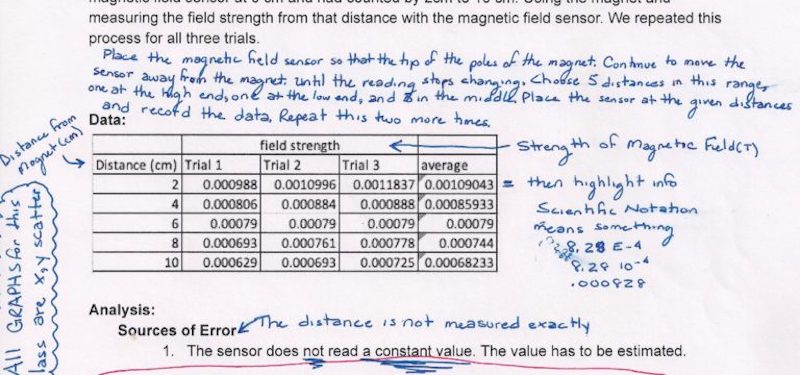
Checkpoints are formative test or quiz-like practice opportunities. Students self-correct and make notes as we review the entire checkpoint immediately after they have completed it. The reason we have the two most recent examples of both labs and checkpoints is to see the development from one opportunity to the next.
Using the Portfolios
The use of portfolios is an important aspect of the course. To highlight this importance, students are regularly given class time to update them. In the course, there are multiple goals to the use of portfolios. Assessing where students are in their learning. Providing guidance on specific skills. However, the most important in my mind is getting students to think about their work and the choices they are making. Learning is not something we impose on students. It’s a process we guide them through. To that end, when students come for extra help or have their scheduled formal conferences, they bring their portfolio. They are in charge of these meetings. They talk me through their thought process using specific examples from the portfolio, ask for guidance on specific skills, and make a short-term plan for how they want to approach class until our next meeting. Based on what I’m seeing in the portfolio and the discussion we have around it, I can guide students to other practice opportunities or resources that are designed to hone their areas of opportunity. If a student has plateaued in their progress, we can talk about what the obstacle might be, regardless of whether or not it is academic in nature. The portfolio provides an opportunity for a conversation and all of these conversations lead to a unique place that is individual to each student.
Using the Portfolio in Grading
This is something that has evolved for me over time. When I first implemented portfolios, I would have grade discussions with students providing evidence from their portfolios to support the grade they thought they earned. While this was a great experience and very informative, as we refined our assessment model (The Learning Progression Method), this practice was no longer as relevant as it had previously been. That doesn’t diminish the importance of the portfolio in determining the final grade. Our method uses the most recent evidence of proficiency for the grade translation. The most common concern is what would happen to a student’s grade if they had a bad day on the final practice opportunity or for some legitimate reason missed it. This is where the portfolio comes into play. In that portfolio is their last, best evidence of all the skills we are developing. If the final assessment is not in line with what the student has consistently been doing during previous attempts, we discuss what happened, and if possible, provide an additional opportunity. If an additional opportunity is not possible, we can revert to that last, best evidence.
Final Thoughts
I am required to post a letter grade at the end of the semester and course. We also can’t ignore the fact that most teachers that students encounter are still providing letter and number grades regularly, so it was necessary for me to find a way to coexist with that system. It has been my mission over the past few years to find a way to diminish the influence of the grade during the learning process. However, it is still important that students be able to understand where they are in their learning progression and track progress. While there are many ways to address that goal, portfolios have helped fill that role for me. Students are actively engaged in the learning process, I have a tangible product of their progress, and most importantly it gives me an entry point into a conversation.
This article is available and can be accessed in Spanish here.


